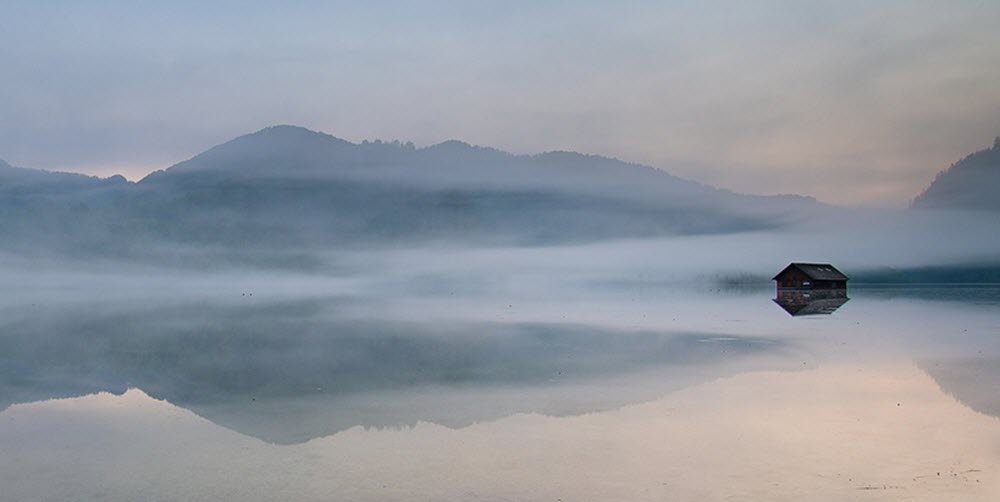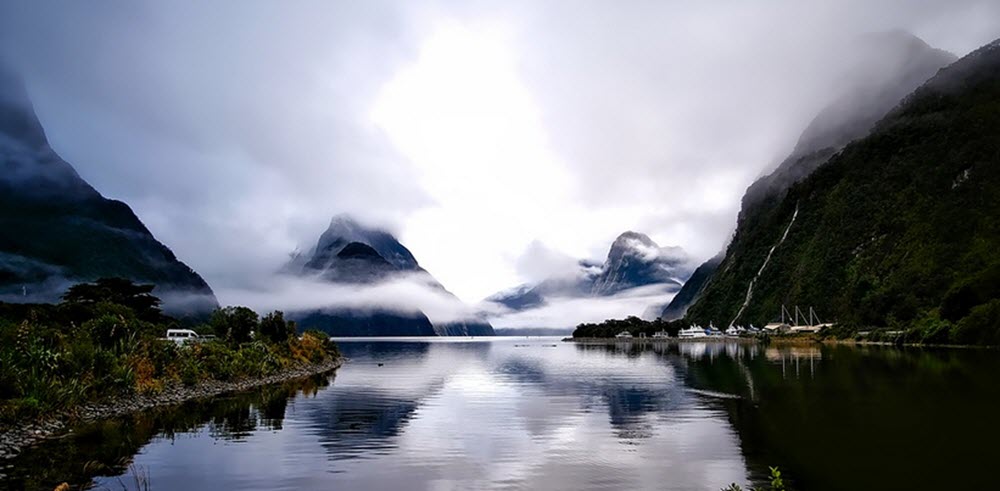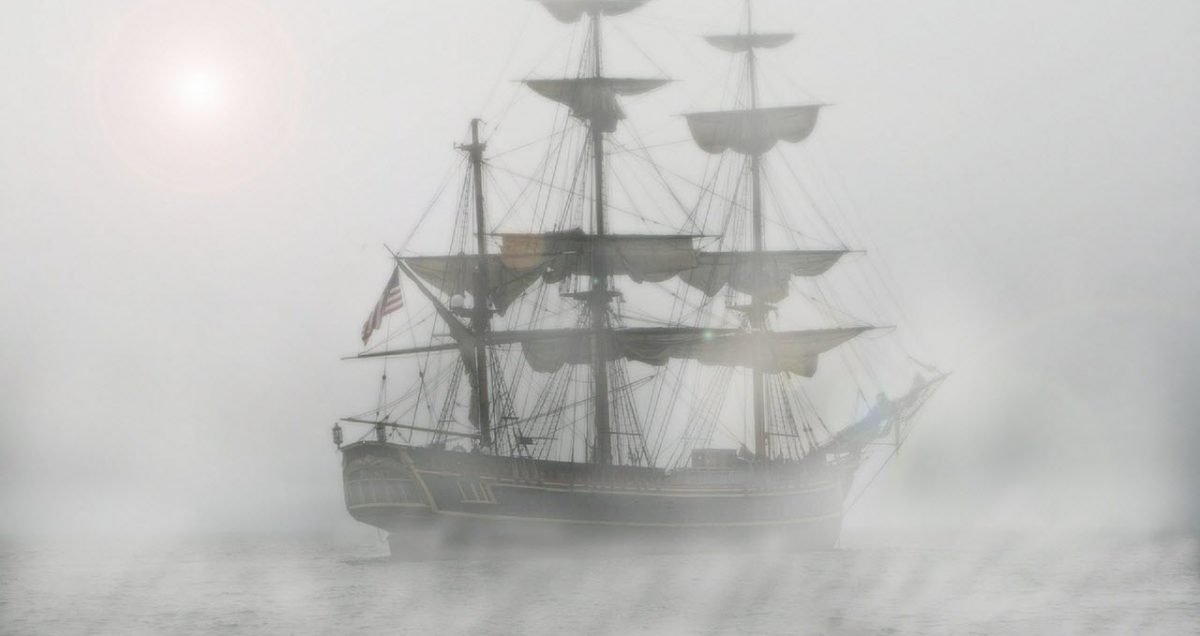Contents
Fog consists of tiny water droplets or ice crystals that are suspended in the air at or near the Earth’s surface. In a sense, fog is a kind of low-lying cloud.
By common definition, it is only considered fog if its reduces visibility to less than 1 kilometre. If the visibility is better than this, the suspended droplets are known as mist, haze or similar. (Please not that some authorities use other parameters for fog.)
It is very common for fog to be generated locally rather than brought in by the winds from afar. Fog can be generated both over the ocean and over land, e.g. with water from lakes, marshes or simply moist enough ground.
Sea and coastal fog

Generally speaking, the formation of sea fog is heavily influenced by the presence of sea spray and microscopic airborne salt crystals. Sea spray consists of aerosol particles from the ocean, and is typically formed as bubbles burst at the air-sea interface, ejecting particles into the air.
Coastal areas tend to have a higher density of airborne salt crystals, because this is where salt spray is formed by breaking swells and similar. Weather phenomena such as storms can however lead to a high density of airborne salt crystals anywhere above the sea, even out over the open ocean.
Interestingly, sea fog can form even in relatively dry air as condensation on salt particles is possible even at humidities as low as 70%. One example of an area where this has been observed is along the coast of California, USA.
Kelp
When kelp is stressed by intense sunlight and/or strong evaporation, it releases iodine particles. These particles become nuclei for condensation of water vapour, which can lead to the formation of a coastal fog.
What is haar?
Haar, also known as sea fret, is a cold sea fog. It is especially associated with the eastern coast of England and Scotland, where the haar is a prevalent phenomenon between April and September due to the warm air that passes over the cold North Sea during this part of the year.
Haar is typically formed over the sea when warmer air (that can carry a lot of moist) moves over a colder ocean. The cold causes the moisture to condense, forming haar. After being formed over the ocean, the haar can be brought over land by the wind, so we don’t have to be out at sea to experience haar. In eastern Scotland and north-eastern England, it is not unusual for the sea breeze to bring haar into areas that are located several miles from the coast.

Foggy places
Examples of exceptionally foggy places around the globe:
- Hamilton, a city on the North Island of New Zealand. Heavy fog is common here during winter mornings, especially close to the Waikato River that runs through the city centre. Hamilton is situated in a depression surrounded by high hills, and all major urban centres in New Zealand are windier than Hamilton.
- The Grand Banks off the coast of Newfoundland, Canada. This is where the cold Labrador Current from the north meets the warm Gulf Stream from the south.
- Coastal Namibia
- The lower parts of the Po Valley, Arno Valley and Tiber Valley in Italy.
- The Ebro Valley in north-eastern Spain.
- Seeland, at the south-eastern foot of the Jura Mountains in Switzerland. The lakes Morat, Neuchatel and Bienne are all located within this region, which is a part of the Swiss plateau.
- Severnaya Zemlya, an archipelago in the Russian high Arctic.
- Point Reyes, a prominent cape in northern California, USA, has over 200 foggy days per year. Unlike most lighthouses, the Point Reyes lighthouse is located in a fairly low spot, because if it was at a higher altitude the fog would block out its light. On really foggy days, it is not possible to see the lighthouse from the top of the stairs (circa 300 steps) that leads down to it.
- Camanchacas are massive marine cloud banks that form along the Chilean coast, by the Atacama Desert, and move inland. This is a dense fog that does not produce rain, but still provides plants and animals with much needed water. The moisture is too fine to form rain droplets, as it measures just 1-40 microns across.A very similar thing happens along the coast of Peru, where this type of fog is known as garúa.
Fog of war
Fog of war is a term that describes the uncertainty of limited information. Limited information means that you can not know what the enemy is doing, and you are, therefore, unable to counter the enemy’s moves as efficiently as possible. The term is also used in financial trading, where the term refers to the lack of perfect information that makes it impossible to value assets perfectly. Traders need to guess to try to fill in the gaps created by the fog of war when trying to predict future market movements. The better information you have, the more you can lift the fog of war and the better predictions you can make.
